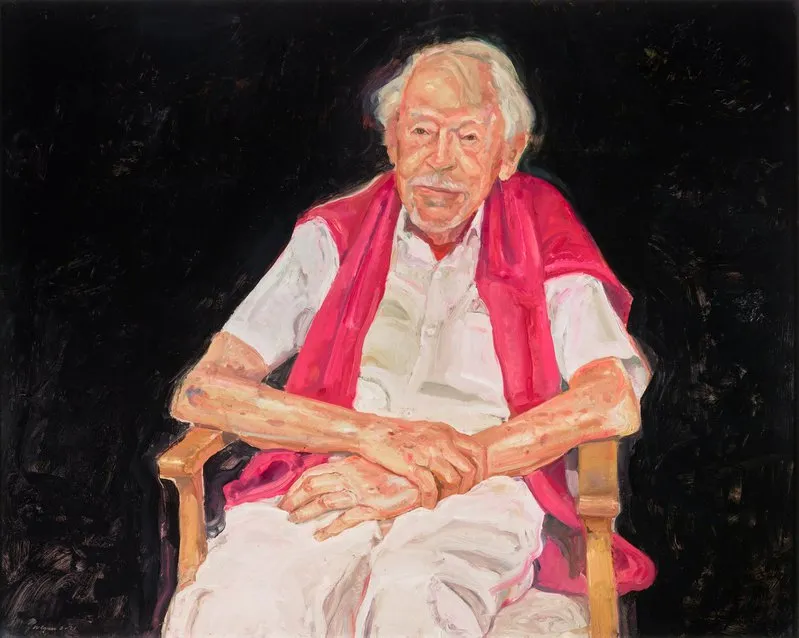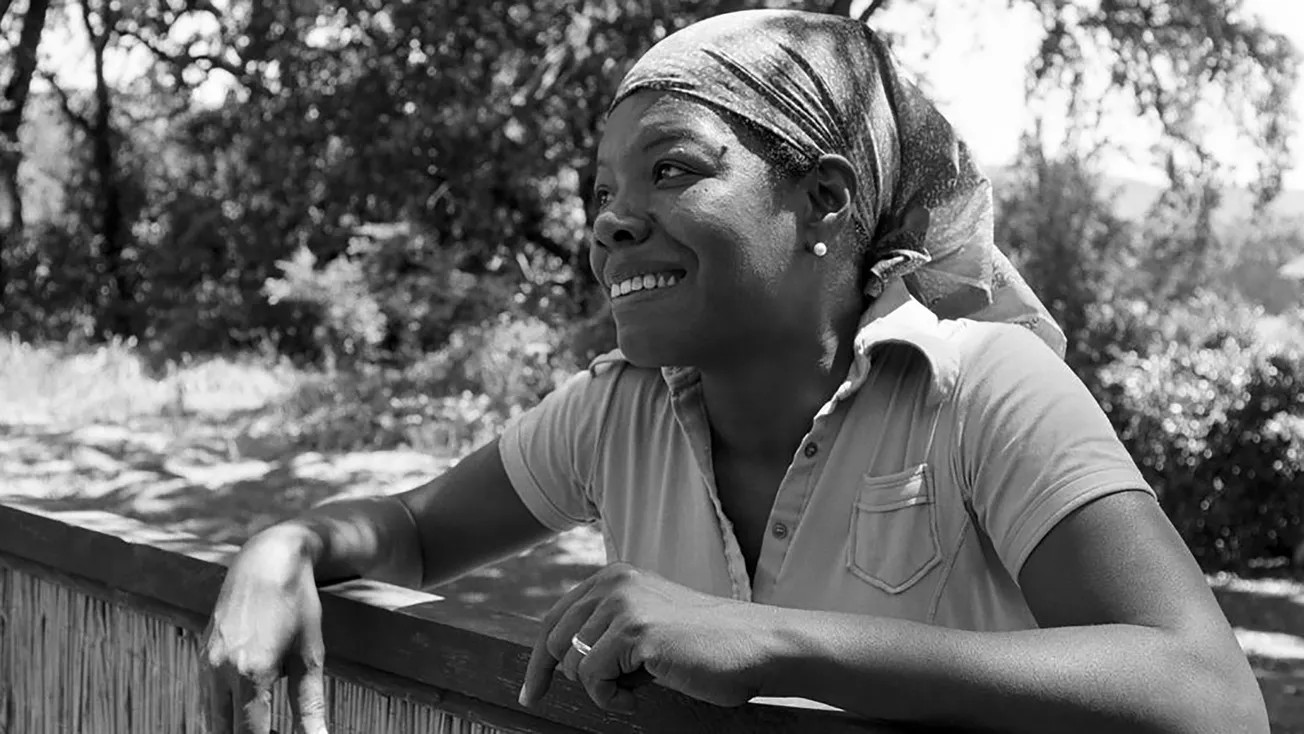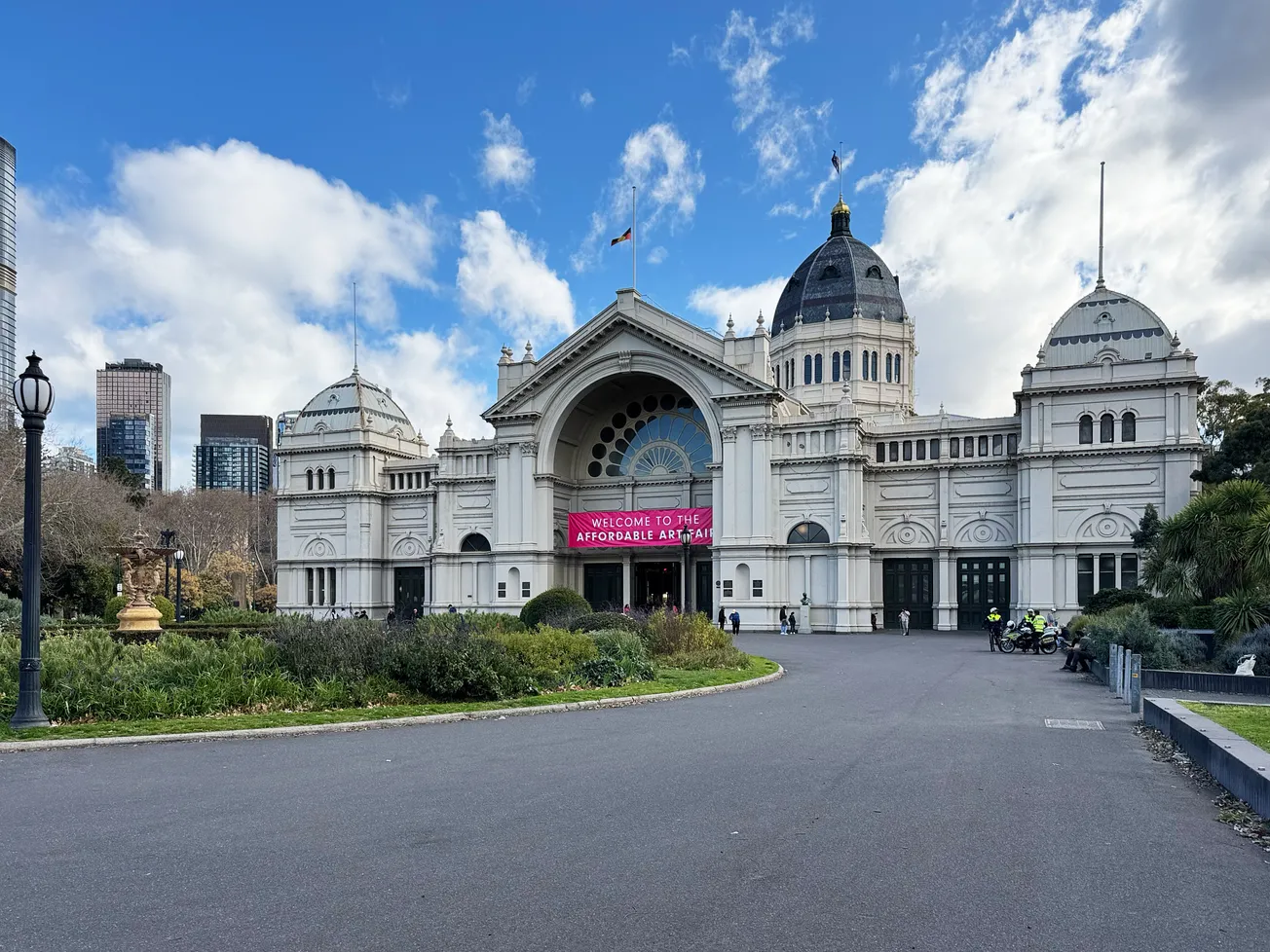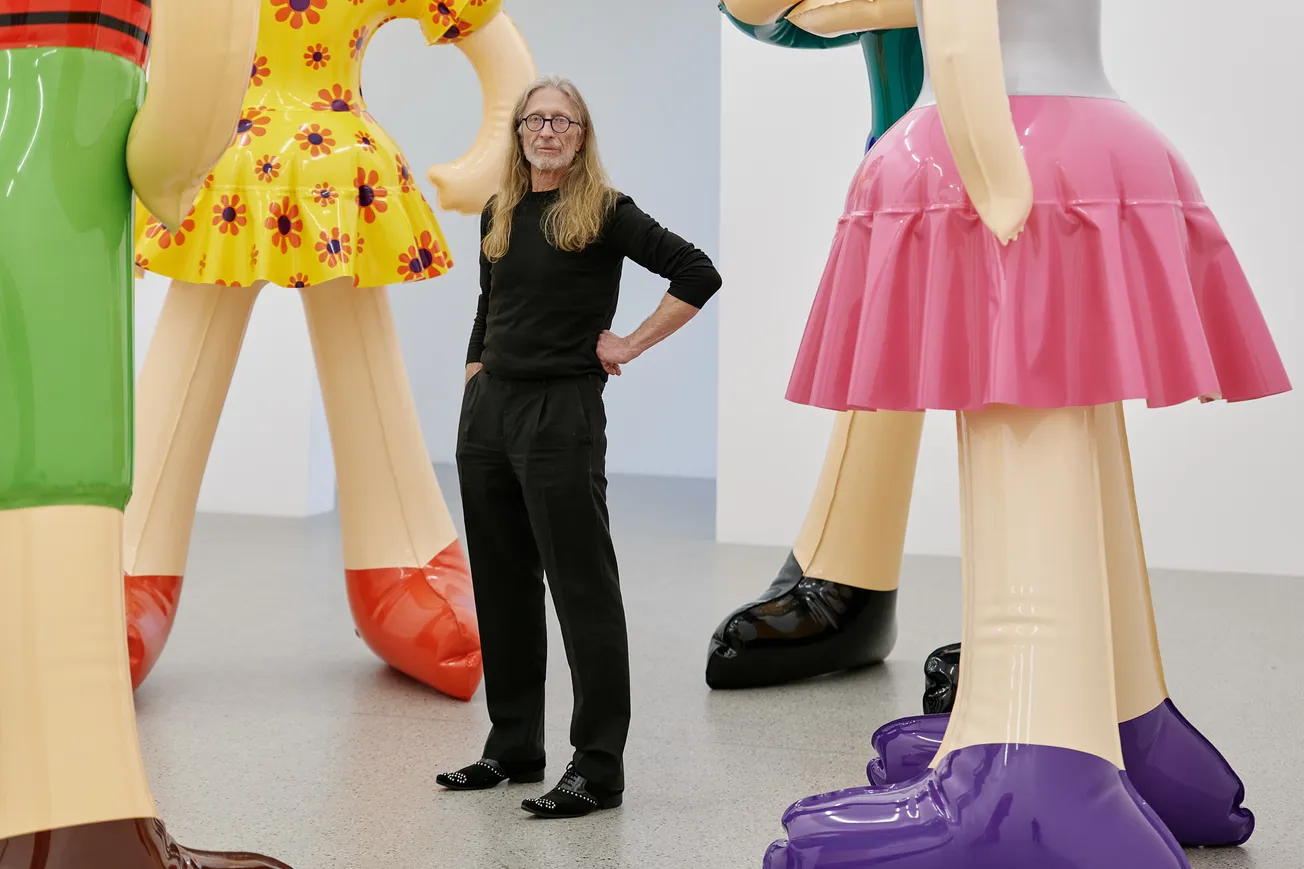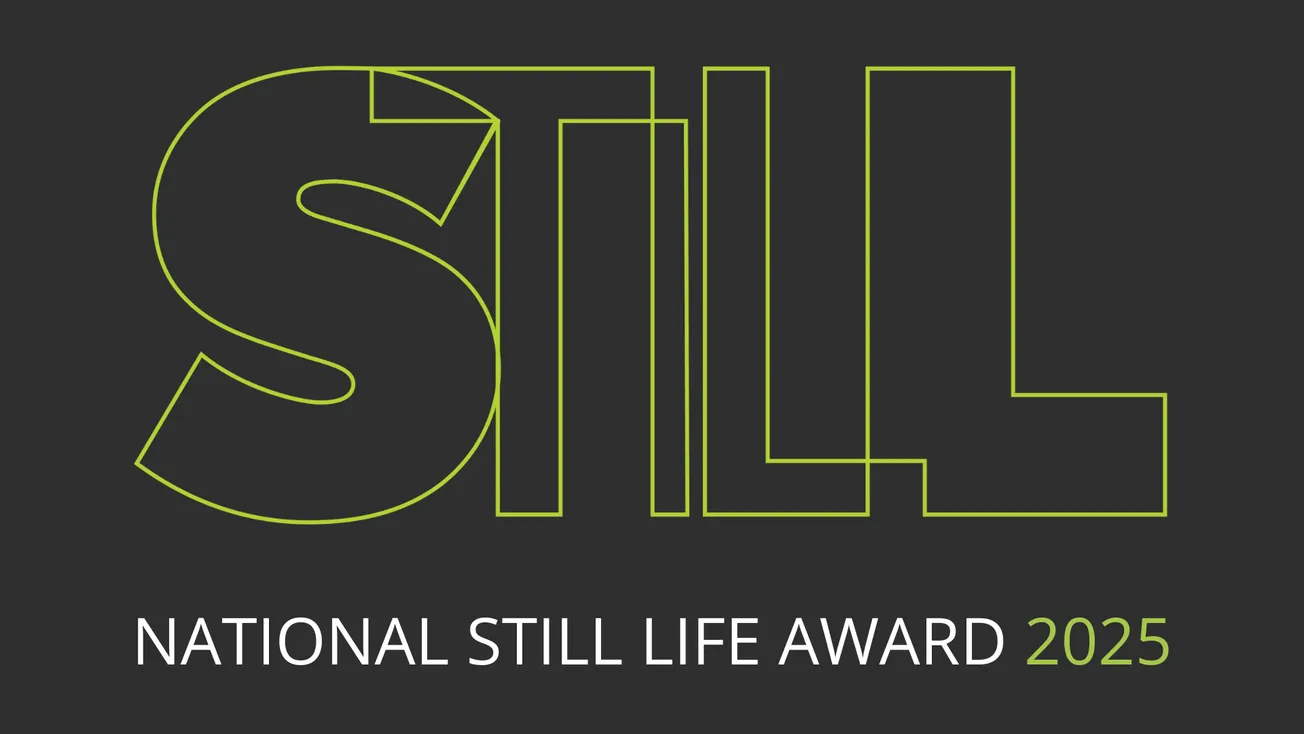Table of Contents
Like the art itself, this topic invites vexed discussion. The figures here are sometimes best-guess estimates, presented to support a perspective that naturally has two sides.
Art prizes offer real benefits: exposure, selectee recognition, and finalist status. But they also extract real costs: not just money and time, but disappointment, anxiety, and the psychological weight of public judgment. Whether you win or lose, the whole process demands investment beyond the application fee.
Across the Australian art scene, artists regularly claim major prizes collectively worth substantial sums. For instance, artists like Michelle Hiscock (winner of the 2025 Portia Geach Memorial Award), Jenny Rodgerson (who won the 2025 Richard Lester Prize for her self-portrait), and the recipients of the 2025 Helen Lempriere Scholarships, including Angela Valamanesh, Ayako Saito, and Nicholas Burridge represent accomplished artists recognised for their contributions to contemporary Australian art.
These are genuine achievements. But behind each winner stands a hidden economy that few examine: hundreds of artists paid entry fees, shipping costs, and countless unpaid hours for the chance to compete. For every winner, roughly 400-500 artists received nothing except a letter of rejection.
This raises an uncomfortable question that Australian art criticism rarely asks: Do art prizes primarily support working artists, or do they primarily support the institutions and corporations that run them? (As an aside, it has to be said that, like lawyers, the art movers are always winners.
The answer, based on financial analysis and artist testimony, suggests the system functions as a subtle extraction mechanism, one that benefits institutions massively while most artists lose money.
The Math Nobody Talks About. Ask an art gallery director why entry fees exist, and you'll hear: "To help fund the prizes." The math doesn't support this. It never has.
The Archibald Prize: A case study in incomplete economics
The Archibald Prize is Australia's most popular art award, and AGNSW's flagship annual event. In 2024, it received 1,005 entries at $50 each, generating $50,250 in entry fee revenue. The gallery then paid out $100,000 to the winner, plus $1,000 to each of 57 finalists ($57,000), plus additional awards. Total artist compensation: approximately $157,000. Entry fees covered 32% of the prize pool.
The remaining $106,750 came from sources other than corporate sponsorship (ANZ has partnered for 15+ years), the gallery's operational budget (funded by the state government), and exhibition revenue. The Archibald exhibition says it attracts over 150,000 visitors annually, generating roughly $3 million in admission fees alone.
This financial model where entry fees cover less than one-third of artist compensation is typical across Australian art prizes, not exceptional.
The Real Revenue Picture
Here's what institutions actually gain from running a major art prize:
Direct Revenue Sources (Using Archibald Example):
- Entry fees: $50,250
- Corporate sponsorship (ANZ): $50,000-$100,000 estimated
- Exhibition admission (150,000 visitors × $20 avg): $3,000,000+
- Merchandise and catalogs: $50,000-$100,000
Total: $3.15-3.25 million
Direct Costs:
- Prize purse and finalist payments: $157,000
- Exhibition installation: $150,000
- Marketing and publicity: $200,000
- Judging and curatorial: $15,000
- Insurance, transport, catalog production: $280,000
Total: $802,000
Net institutional benefit: $2.35-2.45 million
But this is where the financial story becomes interesting. The Archibald is profitable primarily because of massive ticket attendance, a luxury most regional and mid-sized prizes don't enjoy.
For smaller prizes like the Hadley's Art Prize ($100,000), entry fees ($20,000 from an estimated 400 entries) cover less than 20% of the prize pool. The remaining $80,000 comes from the hotel owner's personal commitment to "giving back to the art community"- a philanthropic gesture, not a sustainable economic model.
Entry Fees: The fiction that they "fund" prizes
Research across major 2025 Australian prizes reveals a consistent pattern:
| Prize | Entry Fee | Est. Entries | Entry Revenue | Prize Pool | % Funded by Artists |
|---|---|---|---|---|---|
| Archibald | $50 | 904 | $45,200 | $157,000 | 28.8% |
| Wynne | $50 | 758 | $37,900 | $91,000 | 41.6% |
| Hadley's | $50 | ~400 | ~$20,000 | $115,000 | 17% |
| Portia Geach | $50 | 336 | $16,800 | ~$31,000 | 54.2% |
| Bowness Photography | $55 | ~750 | $41,250 | $70,000 | 58.9% |
Average across these prizes: Artists fund only 33.5% of prize pools through entry fees alone. Institutions and sponsors cover the rest, then market the fiction that entry fees are the primary funding mechanism.
What Artists Actually Pay
The entry fee is only the beginning. Consider Sarah, a mid-career painter in Sydney who decides to pursue art prizes seriously. She commits to entering eight competitions annually, a reasonable strategy for a working artist serious about exposure and potential funding.
Her Annual Prize Budget:
- Application fees (8 entries × $50): $400
- Shipping artwork (5 physical submissions, both ways): $500-1,000
- Professional artwork photography (3 pieces @ $50-100 each): $150-300
- Framing or presentation costs: $200-500
- Portfolio website maintenance: $150/year
- Optional: travel to one awards ceremony: $500-1,000
Direct costs: $1,900-$3,350 annually
But this is where the real cost emerges: time. Each application requires preparation: photographing work (or paying for professional photography), writing an artist statement, filling out forms, tracking deadlines, and managing rejection. Artists report spending 5-20 hours per entry, depending on whether images are already prepared.
For Sarah, entering 8 competitions: 40-160 hours of unpaid labour annually. If Sarah values her time at a modest $25/hour (far below what she charges clients), that's $1,000 to $4,000 in uncompensated work.
Total annual cost: $2,900-$7,350
The Success Rate Reality
With the obvious exclusion of talent and luck, research into competition structures shows that the typical success rates are:
- Without strategic selection: 5-10%
- With careful targeting: 15-25%
This means Sarah needs to enter 4-20 competitions to win once. If her success rate is 10%, and she enters 8 competitions annually, she has roughly one chance to win every 2-3 years. If the average prize she wins is $3,000-$5,000, she's potentially breaking even, not profiting. Worse: that prize amount assumes she wins a mid-tier prize. For most artists entering, the prizes are smaller ($1,500-$2,500), or they win nothing. The financial burden creates genuine hardship. Outside the monetary cost and distraction, one artist described the emotional cost: entering competitions is "a constant psychological test," combining financial loss with repeated public rejection.
It should be said that not many artists enter for money alone; the publicity opportunities are critically important.
The Privilege Question: Who Can Afford to Enter?
Here's where the system becomes explicitly unequal. An artist earning $15,000 from their practice (a realistic figure for many early-career artists) cannot afford to spend $2,900-$7,350 annually on prize entries. That's 19-49% of their entire art income, with no guarantee of return.
But an artist with a partner's income, family wealth, or a stable job outside art? They can absorb these costs as a business expense or a calculated gamble.
This creates a systematic advantage for:
- Artists from upper/middle-class backgrounds
- Artists with household financial security
- Artists in major cities (lower shipping costs)
- Artists without disability costs or caregiving responsibilities
And systematic barriers for:
- Working-class artists
- Disabled and chronically ill artists
- Rural and remote artists
- Artists from low-income backgrounds
- Artists with caregiving responsibilities
Research on artist demographics confirms this: the pool of serious prize applicants skews toward the financially secure. A 2023 study found application fees create "homogenous pools of artists who are more likely to be White, middle class/wealthy, cis, straight, able-bodied, and formally educated."
Art prizes, framed as democratic platforms for talent, operate as gatekeeping mechanisms for the already-privileged.
Who Benefits Most
If artists are paying money and receiving little return, who is benefiting? Institutional Prestige
The Archibald Prize is described by the institution itself as "above all things, about media coverage." It's not actually framed as artist support; it's framed as a cultural spectacle.
The prize generates massive earned media: news coverage, social media attention, celebrity judging panel announcements, and public debate over who should have won. This media attention is worth hundreds of thousands of dollars in equivalent advertising if ANZ had to purchase it.
The gallery gains:
- Media profile: The Archibald is "Australia's most popular arts event," positioning AGNSW as the country's cultural authority
- Visitor engagement: 150,000+ annual visitors (a significant audience)
- Donor cultivation: Prize success attracts philanthropic support and membership growth
- Collection building: Free acquisition of significant artworks (for acquisitive prizes)
- Long-term cultural capital: Prize legacy extends institution's influence across decades
For a state-funded gallery, these intangible benefits translate into tangible institutional power and a funding justification. Corporate Sponsor ROI ANZ's 15-year partnership with the Archibald provides concrete business benefits:
- Logo recognition across all marketing (estimated $100,000-$200,000 in advertising equivalent)
- Exclusive hospitality: preview nights, gala events, behind-the-scenes access ($50,000-$100,000 value)
- Customer reach: 150,000+ affluent, culturally-engaged visitors annually
- CSR credentials: "Supporting Australian art and culture" for corporate reputation
- Media coverage: Free publicity worth an estimated $500,000-$1,000,000
- ANZ's Cost: Estimated $50,000-$100,000 annual sponsorship
- Return on Investment: approximately 9.5:1 to 19.5:1
For ANZ, the Archibald partnership is not philanthropy; it's a highly effective marketing investment. The tax treatment reflects this: sponsorships are deducted as business marketing expenses (because they provide commercial benefit), not as charitable donations.
This distinction matters. Corporations aren't sacrificing profit for art; they're strategically allocating marketing budgets to reach desirable audiences and build brand association with cultural prestige.
The Gatekeeping Problem
Art prizes present themselves as pure meritocracies. Yet merit in art remains notoriously elusive: difficult to define, and far more difficult to assess without the intrusion of bias. I have stood with previous Archibald winners at the moment of announcement, hearing them accurately predict not just who would win, but the underlying politics that would determine the outcome. The Bias Statistics Research on more general prize judging reveals systematic bias.
Gender representation:
- Turner Prize: Only 29% women winners (despite likely 50%+ female entrants)
- Venice Biennale Golden Lion: 36% women winners, only ONE woman of color ever won (for solo winners)
- Only one director of colour has ever won the Best Director Oscar, and no Black director has ever won.
- Women's art sells at 42.1% discount in auctions compared to men's work
- At current rate of change: gender parity in art world representation estimated for 2053
Racial representation:
- Academy Awards voters were historically almost 94% white (as revealed by a 2012 investigation, leading directly to the #OscarsSoWhite and subsequent diversity efforts).)
- Contemporary art leadership remains predominantly white
- BIPOC artists underrepresented in major exhibitions despite demographic representation
These aren't random variations; they're systematic. When judging panels are homogenous (mostly white, male, established), they tend to select work that resonates with their own aesthetic and social positioning. Network Gatekeeping Academic research on prize systems identifies a phenomenon called the "lock-in effect": artists who began their careers in high-prestige institutions show a persistent advantage in subsequent exhibitions and sales.
This creates a self-reinforcing system:
- Artists with MFA degrees from prestigious schools enter prize competitions
- Judges (often from prestigious institutions) recognize the credentials
- Winners gain further institutional support
- Non-credentialed artists face higher barriers
The Global Critique
The concerns about Australian art prizes reflect broader problems identified by artists, academics, and advocates worldwide. The Exploitation Critique In 2021, the Black Obsidian Sound System (B.O.S.S.), a Black artists' collective nominated for the prestigious Turner Prize, issued a statement that reframes how we understand art prizes:
"The urgency with which we have been asked to participate, perform, and deliver demonstrates the extractive and exploitative practices in prize culture. Black, brown, working-class, disabled, queer bodies are desirable, quickly dispensable, but never sustainably cared for."
This isn't cynicism; it's structural analysis. Prizes profit from the participation and emotional labour of marginalised artists, then discard them after the spectacle ends.
What's Actually Changing
The critique of art prizes is gaining institutional traction. Several models suggest alternatives to the current extractive system.
No-Fee Entry Models
International examples demonstrate that removing entry fees is viable: institutions like the National Portrait Gallery in London eliminated barriers to entry, allowing artists to participate without financial risk while the institution absorbs
administrative costs.
The rationale: "Remove the financial barriers that may have prevented artists from entering our prizes in the past."
This single change makes a major difference. Eliminating the $35-50 barrier means artists can enter without financial risk. The institution absorbs the administrative costs rather than asking artists to fund their own participation. Guaranteed Income Experiments Several jurisdictions are testing unconditional guaranteed income for artists, recognising that traditional prize structures don't adequately support creative labour.
Creatives Rebuild New York: $1,000 monthly for 18 months to 2,400 artists, demonstrating that unconditional support increases artists' ability to pursue their practice without supplementary employment.
Ireland's Basic Income for the Arts: €325 weekly for 2,000 artists and arts workers, acknowledging that the art world's traditional funding mechanisms (prizes, grants, sales) are insufficient for economic survival. W.A.G.E. Certification Organisations committing to W.A.G.E. (Working Artists and the Greater Economy) standards publicly declare their commitment to fair artist compensation. The standards define minimum fees based on institutional operating budgets, making transparent what was previously hidden.
If adopted across Australian institutions, W.A.G.E. certification would require the Archibald Prize to pay artists for the preparation of works for exhibition, for the loan of artwork, and for artist attendance at openings, all labour currently unpaid.
This isn't radical; it's basic worker equity. Yet it would substantially increase artist compensation across the prize ecosystem.
Conclusion: The Real Questions
The question isn't whether art prizes help some artists, because they clearly do. A $100,000 prize can be life-changing. Prize publicity can launch careers. The question is systemic: Do prizes primarily benefit the artists who enter them, or do they primarily benefit the institutions and corporations that run them?
The evidence suggests the latter.
Entry fees, marketed as funding mechanisms, cover only 30-45% of prize pools. The remaining funding comes from corporate sponsors (who gain significant business value) and institutional budgets (creating prestige for galleries). Artists collectively fund the system while remaining unaware of the institutional economics.
For emerging artists trying to enter prizes seriously, the annual cost ($2,500-$11,000) creates a wealth barrier that systematically advantages the already-privileged while excluding working-class artists, disabled artists, rural artists, and artists from marginalised communities.
The judgment process, while framed as meritocratic, reproduces existing inequalities through homogeneous judging panels and implicit bias. Women, artists of colour, and non-credentialed artists face higher barriers to entry, despite demonstrating equal artistic quality.
And the institutions running prizes gain significant benefits, including prestige, audience, collections, and donor cultivation, while framing themselves as supporters of artists.
So what should change?
- Transparency. Galleries should disclose the full economics of prizes, how much they receive from entry fees, sponsorship, and exhibition revenue, how much they pay out to artists, and the actual cost to the institution. This basic accounting would immediately expose the fiction that entry fees "fund" prizes.
- Fee elimination. Major institutions have the resources to absorb administrative costs rather than asking artists to fund participation. Removing entry fees removes wealth barriers.
- Compensation equity. Artists should be paid for all labour: preparing submissions, loaning artwork, attending ceremonies, and lost opportunity costs. W.A.G.E. standards provide a framework for this.
- Judging reform. Diverse judging panels, blind selection where possible, explicit conflict-of-interest policies, and transparency about selection criteria would reduce bias.
- Alternative models. Institutions should experiment with guaranteed income, commission-based support, and process-focused recognition alongside (or instead of) competitive prizes.
The most challenging question: Perhaps Australian art culture needs to ask whether competitive prizes, as structured, can ever truly support artists equitably, or whether the form itself is fundamentally extractive.
The November 2025 prize winners will deserve celebration. Their success is real. But their victory came at the cost of hundreds of other artists, supported (economically and institutionally) by an infrastructure that appears to benefit institutions far more than artists. That infrastructure can change. Whether institutions are willing to prioritise artist welfare over prestige is the actual question.
Editor's Note
This article analyses the Australian art prize economics based on publicly available
data. While all figures and statistics have been researched carefully, some institutional data (particularly sponsorship amounts and operational costs) are estimates, as galleries do not always disclose complete financial details publicly.
We welcome corrections: If institutions or sponsors have updated information
about prize funding, operational costs, or sponsorship terms, please contact us.
This analysis reflects publicly available information as of November 2025.

